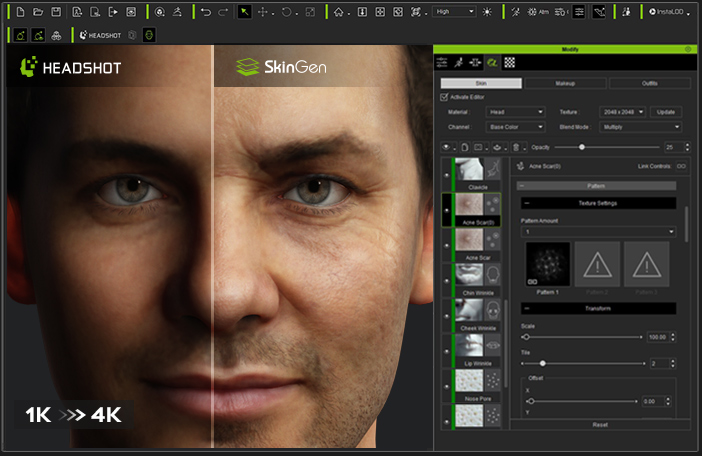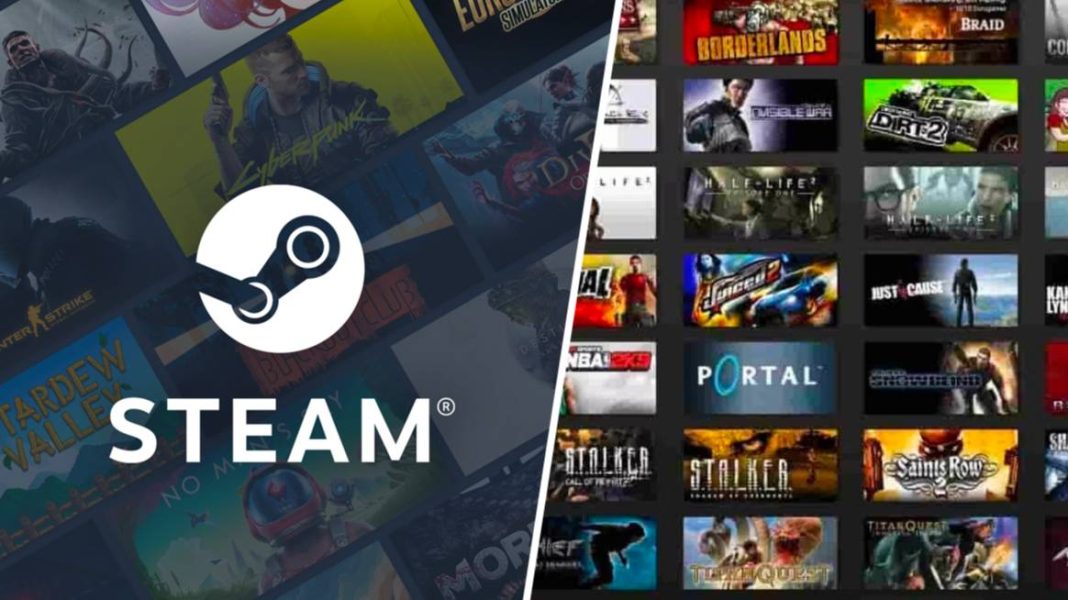Valve, the renowned video game developer and distributor, has made headlines as it becomes the latest company to address the legal uncertainties surrounding AI-generated artwork. In a recent incident, Valve rejected a game page submission on their Steam platform due to the use of “art assets generated by artificial intelligence that appears to be relying on copyrighted material owned by third parties.”
The rejection came to light when a developer, known as potterharry97 on Reddit, shared their experience on the GameDev subreddit. Potterharry97 confessed that a significant portion of the assets in their submission were created using Stable Diffusion, an AI tool. However, their initial version was intended as a temporary placeholder, featuring a few assets and sprites that were visibly AI-generated.
According to reports, a Valve moderator raised concerns about potential intellectual property infringement. In a message to potterharry97, Valve stated, “We have identified intellectual property… which appears to belong to one or more third parties. In particular, [Game Name Here] contains art assets generated by artificial intelligence that appears to be relying on copyrighted material owned by third parties.”
Due to the unclear legal ownership of AI-generated art, Valve informed potterharry97 that they could not distribute the game until the AI-generated assets were removed, unless the developer could affirmatively confirm ownership of all the intellectual property used in training the AI.

Potterharry97 made the necessary art edits to eliminate any visible signs of AI involvement and resubmitted the game. However, Valve’s response indicated that they were still hesitant to distribute the game, as it remained uncertain whether the underlying AI technology used for asset creation had the proper rights to the training data.
Expressing surprise, potterharry97 stated in a Reddit comment, “I didn’t even realize AI art was not allowed, as I’d heard of it being used, and even seen a few fairly obvious examples myself.”
The rejection of potterharry97’s game submission raises questions about whether this represents a new official policy by Valve or an isolated incident. So far, there have been no reports of similar rejections, and several Steam games that openly utilize AI-generated art have been available for months. Requests for comment from Valve and potterharry97 have gone unanswered at the time of writing.
Nevertheless, it is not unexpected for Valve to exercise caution regarding AI-generated art assets in their games. Steam Direct, the platform’s publishing guidelines, already prohibit the use of content without adequate rights or ownership. Establishing the legality of art generated by popular AI tools can be a complex legal challenge.
Earlier this year, artists initiated a class-action lawsuit against generative AI art companies, citing the use of copyrighted training data. In February, Getty Images filed a similar lawsuit. The legal intricacies surrounding the fair use of copyrighted material in AI training models remain unresolved. Consequently, organizations such as Getty Images, Newgrounds, and the science journal Nature have explicitly banned contributors from employing AI-generated art. However, companies like Marvel and DeviantArt have embraced AI technology to varying degrees.
To circumvent potential legal issues, creators and corporations can utilize AI art generators trained on public-domain or officially licensed images, such as Adobe Firefly. However, the existence of such tools highlights the difficulties Valve may face in enforcing an AI art policy. It is challenging to verify the legality of the training sets used by developers, considering the multitude of image-generation tools available, including game engines like Unity.
Ownership concerns regarding human-generated art can also arise in Steam games. Nevertheless, Valve’s moderators generally do not explicitly verify copyright ownership for every game submission, unless there are explicit complaints or obvious copyright infringements.
The use of AI-generated art has become increasingly detectable, as evidenced by potterharry97’s Stable Diffusion sprites and their distinct hands. However, as generative synthesis models continue to improve, AI art is becoming more indistinguishable from human-created art.
Potterharry97 voiced their concern in the initial Reddit post, asking, “Even if I redo everything from scratch, how can I definitively prove if something was or wasn’t AI generated?”
As the legal landscape surrounding AI-generated art remains uncertain, it remains to be seen how Valve and other companies will navigate these complex issues and strike a balance between innovation and copyright protection in the gaming industry.


